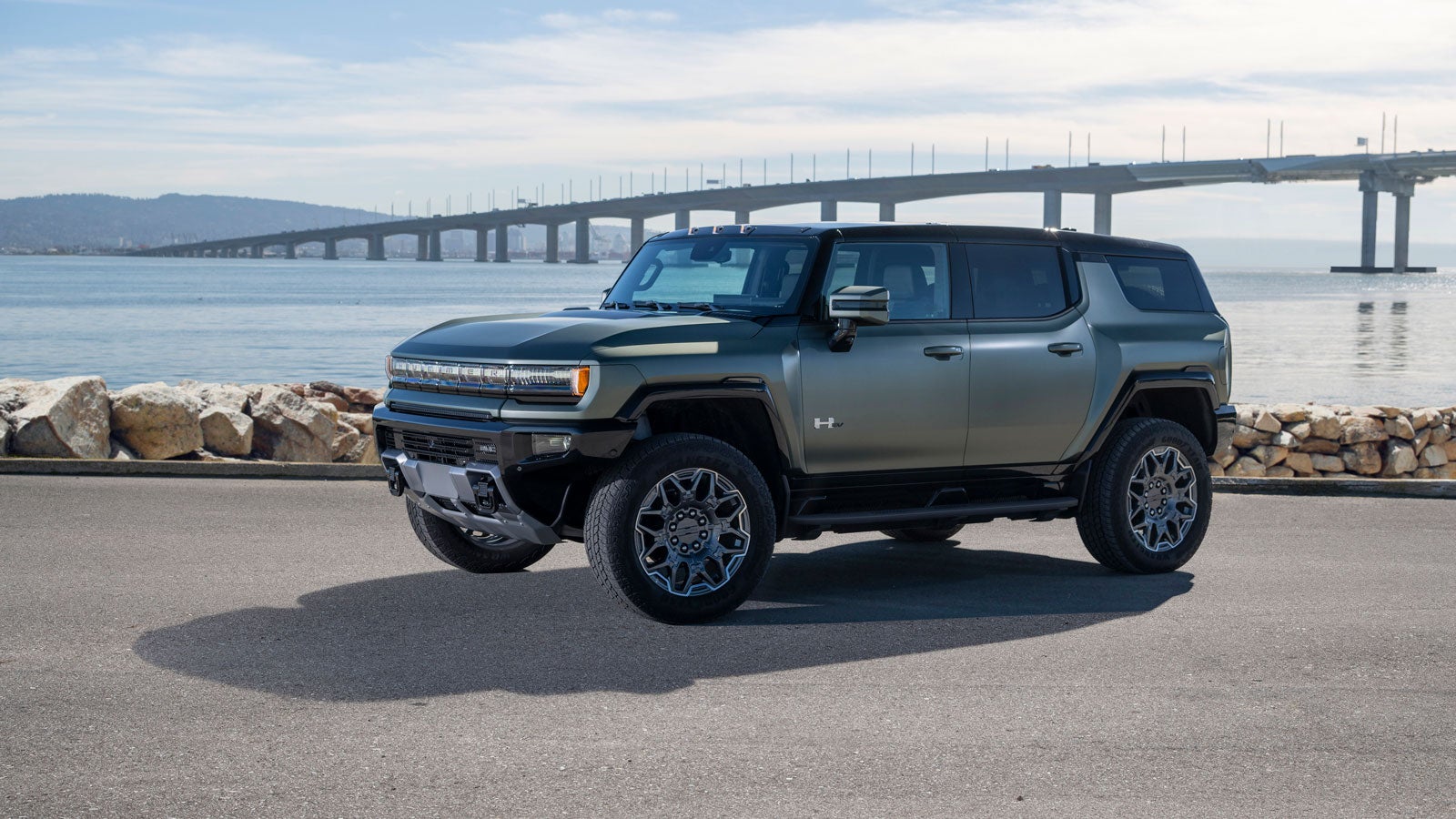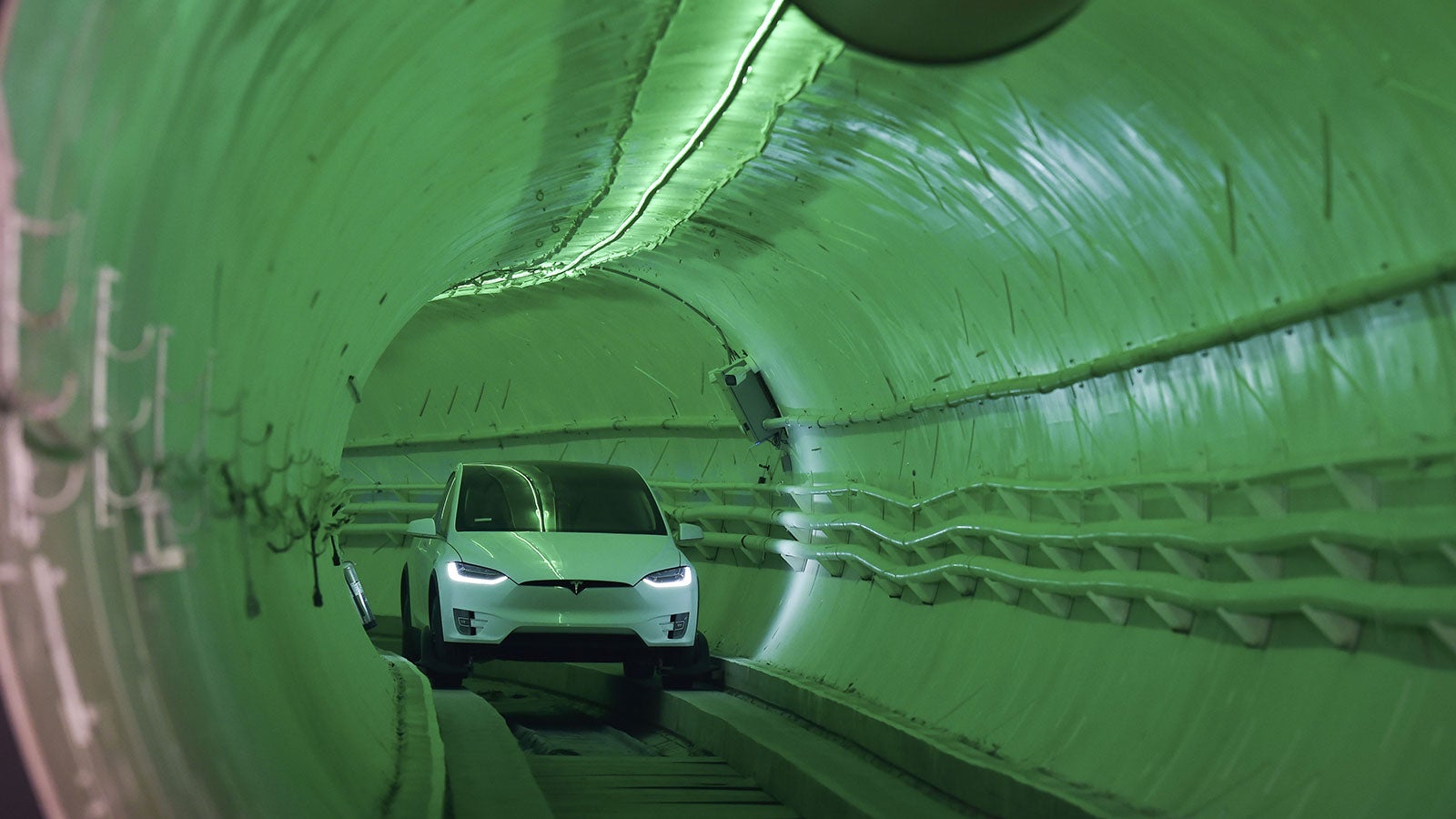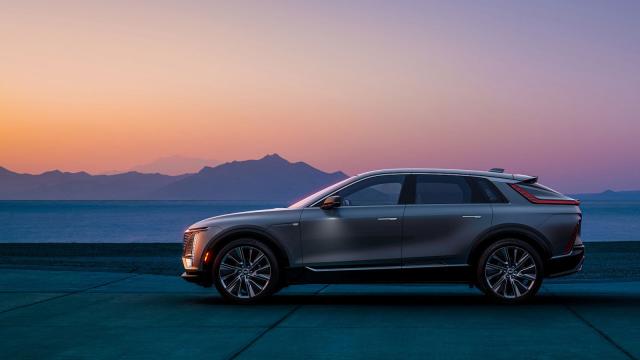The world is in a pretty dark place right now as we struggle to curb mankind’s impact on our planet. We’ve had record snowfall in the West, record heat in Australia and ocean temperature increases that have scientists worried. In response, startups around the world are coming up with chic new solutions to the problems, like electric aircraft that could cut out city centre traffic and electric cars that could take petrol-powered vehicles off the road.
But now, a new report from Wired warns that such glamorous solutions to the climate crisis might actually be getting in the way of messaging around the issues. This piece looks into the impact steps like going vegan, driving an EV and even building design can have on the environment.
According to Wired, steps like these can be divided up according to their emissions and the capital required to implement them. However, it warns that many approaches being taken to the climate crisis fall under the low-emissions, high-capital quadrant. Wired reports:
“But right now, resources are disproportionately tied up in approaches that stockpile financial, social, and human capital within the high-tech quadrants of the matrix, largely because that’s where the money is.
“Venture capital and private equity firms are willing to gamble $US53.7 ($75) billion on climate tech startups because patent-protected technologies promise an exclusive profit for companies and their investors. While the public waits for those riches to trickle down, there’s a dearth of funding for open-source equivalents that might offer more immediate benefits.”

In fact, the piece even warns that consumerism is often seen as the “prerequisite for innovation” here in the U.S. How often have you heard that you need to buy something new and more efficient like a refrigerator or stove top? This, the piece suggests, is all part of messaging that has taught us that “decarbonization is possible if only the public had a shinier array of products to buy.”
But what does all this have to do with cars and transportation? Well, this very same messaging is regularly batted around in the automotive space as well. Here, we’re regularly told that the perfect city car is actually a 2,268 kg electric SUV. These solutions all fall under Wired’s low-emissions, high-capital quadrant. According to Wired:
“These high-capital/tech alternatives are popular because they typically reinforce the status quo rather than overhaul it. That can come at a cost. The new electric Hummer, for instance, claims it will ‘turn EV sceptics into EV believers’ with its sheer macho mass, and it’s incredibly resource-intensive as a result.”

The battery on the Hummer EV weighs as much as a Toyota Prius, and Wired warns that while the EV might have zero tailpipe emissions, its production, transportation and charging could actually emit more carbon than “some smaller [petrol] cars emit from the tailpipe.”
But moving away from our penchant for big cars and instead fundamentally changing the way we travel around the U.S. isn’t as appealing to policymakers. Wired suggests that lower-tech approaches to the climate crisis struggle to catch on due to the difficulty in turning a profit from such schemes.
Sure, a secret underground tunnel for private EV buyers would probably be nice and make its owner lots of money. But a massive network of underground tunnels that can carry people across the country in much larger, interconnected electric bubbles, let’s call them trains, would be infinitely better in the long run. But is it a success if it doesn’t create a new billionaire? As Wired puts it:
“Encouraging a nation to ride more bikes and commuter trains involves a wholly different set of policies and investments than manufacturing a nation of electric trucks. While this wouldn’t necessarily be easier, it would be more worthwhile.”

So, while I’ll be the first to admit that I am very excited by a lot of the shiny new EVs that are coming to market in the coming years, we should be aware that they aren’t the silver bullet that many policymakers believe them to be.
The whole Wired piece makes for a fascinating look at the steps we are encouraged to take to reduce our environmental impact. You can head here to find out more.
